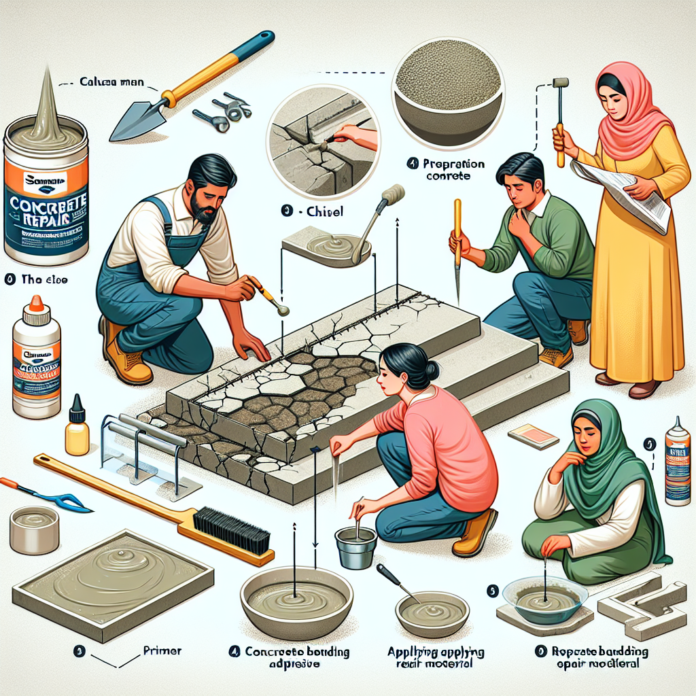Concrete is undoubtedly one of the most reliable and durable materials that can be used in structural construction. The proof of its resiliency is the magnitude of skyscrapers, bridges, dams, foundations, and other infrastructure made from this material. However, despite its durability and strength, concrete is still subject to wear and tear, making it crucial to understand the steps necessary for concrete repair.
1. Determine the Cause of Damage
It would be unwise to initiate repairs without first discovering the cause of the concrete damage. Causes could range from environmental factors such as weather changes or chemical exposure, to mechanical factors like structural overload or poor construction. Identifying the problem will prevent recurring issues and inform the repair method and materials required to fix the concrete.
2. Evaluate the Damage
After tracing the root cause of the problem, evaluate the extent of the damage. This involves examining the damaged area’s size, location, depth, and determining if it compromises the whole structure’s stability. More extensive, deep, or structurally critical damages may require professional inspection and repair.
3. Choose the Right Repair Material
Selecting the appropriate repair material is crucial in successful concrete repair. This decision should be based on the type of damage, its severity, and the structure’s purpose. Products such as rapid-set concrete, epoxy, or polymer-modified mortar might be used depending on the task.
4. Prepare the Damaged Area
Preparing the damaged area for repair is a necessary step that involves cleaning and removing any loose fragments of concrete, dust, and contaminants to ensure the repair material bonds correctly with the original concrete. Depending on the damage severity, tools such as a chisel or a power drill may be needed to adequately prepare the area.
5. Apply the Repair Material
Before applying the repair material, ensure to wet the cleaned area (unless the product instructions dictate otherwise). This will help the repair material bind better with the concrete. The material should be applied following the manufacturer’s instructions to guarantee the best results. Multiple layers might be needed for deeper damages.
6. Finish and Curing
Once the repair material is applied, it should be smoothed and finished to match the surrounding concrete’s texture and appearance. Finally, allow sufficient time for curing. Proper curing will ensure that the repair attains the desired strength and durability.
Conclusion
Repairing concrete damages doesn’t necessarily require immediate professional intervention. With careful evaluation and the right steps, minor concrete damages can be repaired effectively. By determining the damage cause and extent, choosing the right repair material, preparing the damaged area, and applying the repair materials correctly, one can achieve successful concrete repair. However, it’s always important to remember that larger, structurally significant concrete damages require professional expertise and should not be attempted alone.
Frequently Asked Questions
1. What are the common causes of concrete damage?
Common causes of concrete damage include weather changes, chemical exposure, structural overload, or poor construction strategies.
2. How do I choose the right concrete repair material?
You should consider the type and extent of the damage and the purpose of the structure when choosing a repair material. Consulting a professional may also help you make the right choice.
3. Can I repair concrete damage myself?
Small concrete damages can be repaired by an individual with the right tools and knowledge. However, extensive damages or critical structural damages should be handled by professionals.
4. How long does it take for the repair to cure?
Curing times vary based on the repair material used and the environmental conditions. You should refer to the repair material instructions for the best results.
5. Do I need to wet the area before applying the repair material?
Unless product instructions direct otherwise, wetting the area before applying the repair material helps improve the binding between the material and the original concrete.

